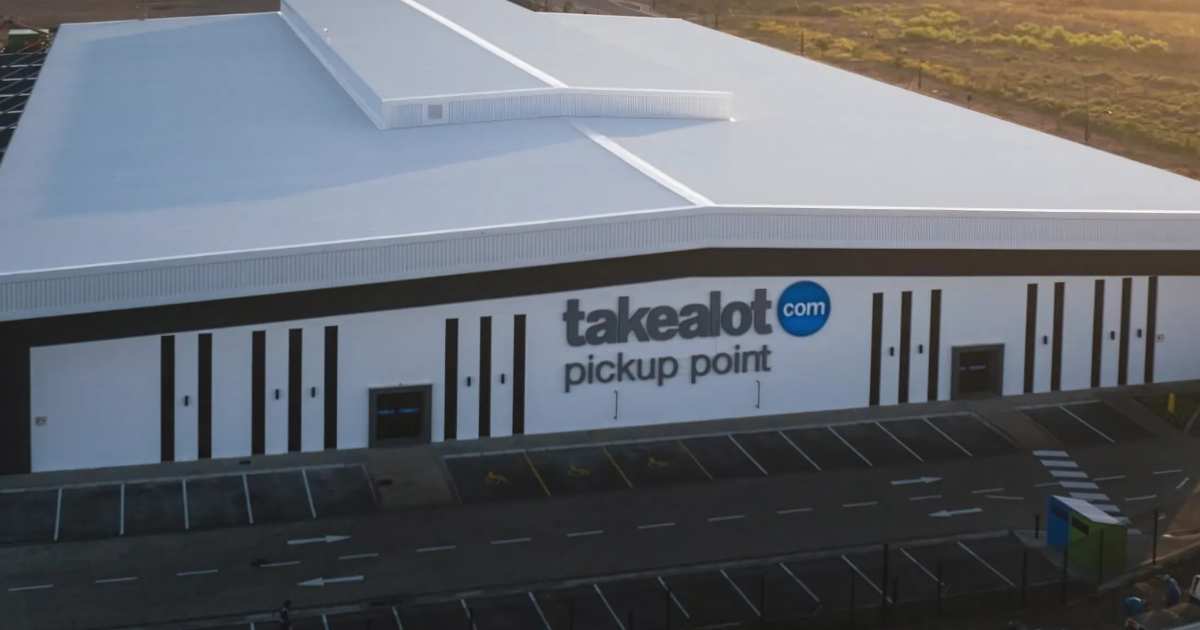
Businesses of any size and age need to think of the health and safety of workers and clients. Even if you are a micro-enterprise or start-up operating as a one-man (or woman) show, safety remains a concern. In other words, infrastructure and safety compliance.
As a business owner, you must understand the responsibilities that fall on you to ensure the well-being of your employees. But have you considered the safety of your workers? Hopefully, the answer is yes – after all, you did click on this article title.
So, let’s take a look at infrastructure and safety compliance for South African businesses.
What is Infrastructure and Safety Compliance?
Businesses that adhere to the Occupational Health and Safety Act 85 of 1993, are compliant with infrastructure and safety regulations. This is important because there can be dangers that lurk in a seemingly safe work environment. These dangers don’t mean that you are a bad employer. It simply means that you need a bit of assistance from an expert who can help you with this. Thankfully, many companies and consultants exit, so you have plenty of assistance to choose from. Specialists can provide any business with a risk assessment.
How To Become Infrastructure and Safety Compliant?
Certain businesses are at a higher risk of being non-compliant than others. Entrepreneurs operating in the manufacturing or transportation industries, for instance, might find themselves using heavy equipment that can lead to injury. Other businesses, however, still need to ensure that they create a safe working environment.
There is only one way to receive a Health and Safety Compliance Certificate: An auditor has to inspect your premises and mark it as compliant. Auditors consider factors such as:
- Access control measures
- Employees should have proper training for the equipment they use.
- Safety gear where applicable.
- The health and safety policies in place.
- Have safety documentation in place.
- Emergency evacuation plans.
If an employer is deemed non-compliant, they can have a loss in productivity, reputational damage, or be held liable for damages claims from injured employees and legal penalties. In the worst case, a dangerous workplace with risky infrastructure can lead to the death of employees. Penalties include the employer, business owner, or director being fined up to R 100 000 up to 2 years in prison, or both.
Benefits of Infrastructure and Safety Compliance
Being compliant with the Occupational Health and Safety Act means that the business is prepared to protect its employees and is willing to be inspected by the Department of Employment and Labour, the Fire Department, and the Department of Higher Education and Training.
Here are some of the other benefits:
Risk Management: Compliance audits identify potential hazards and threats. Business owners can address this in time before serious issues arise.
Operational Excellence: Audits reveal inefficiencies in safety protocols. With this information, steps towards a safer, more efficient business. From here, it’s easy to benchmark your business as a leader in the market when it comes to best practices.
Stakeholder Confidence: Your business’s attitude towards ensuring the premises are safe to work on and the necessary procedures are in place, says a lot about management, the owner or the director. Stakeholders can extrapolate that the organisation is worth investing in and working with. It’s also much easier to apply for tenders or vendor licences when your operation is compliant.
Employee Trust: Working in an environment where safety and employee health is at its core makes workers feel that they matter. This leads to increased morale, trust, and retention.
Cost Savings: Infrastructure and safety compliance means that the organisation saves costs in a few ways. Firstly, it saves costs to ensure work is completed correctly and safely the first time around. Secondly, a safe working environment means that injuries are avoided along with potential lawsuits. Similarly, productivity is improved because employees don’t need to find alternative ways of working with dangerous equipment or infrastructural hazards.
Accreditation: Compliance towards safety as well as other regulations is often the first step towards being accredited by an industry regulator.
Your workers’ health and safety should be a concern to you and your business. Whether you operate in potentially dangerous industries such as manufacturing, or have a store, every workplace should consider complying with occupational health and safety. Reaching out to an expert in this field will help you comply with regulations about infrastructure and safety.








